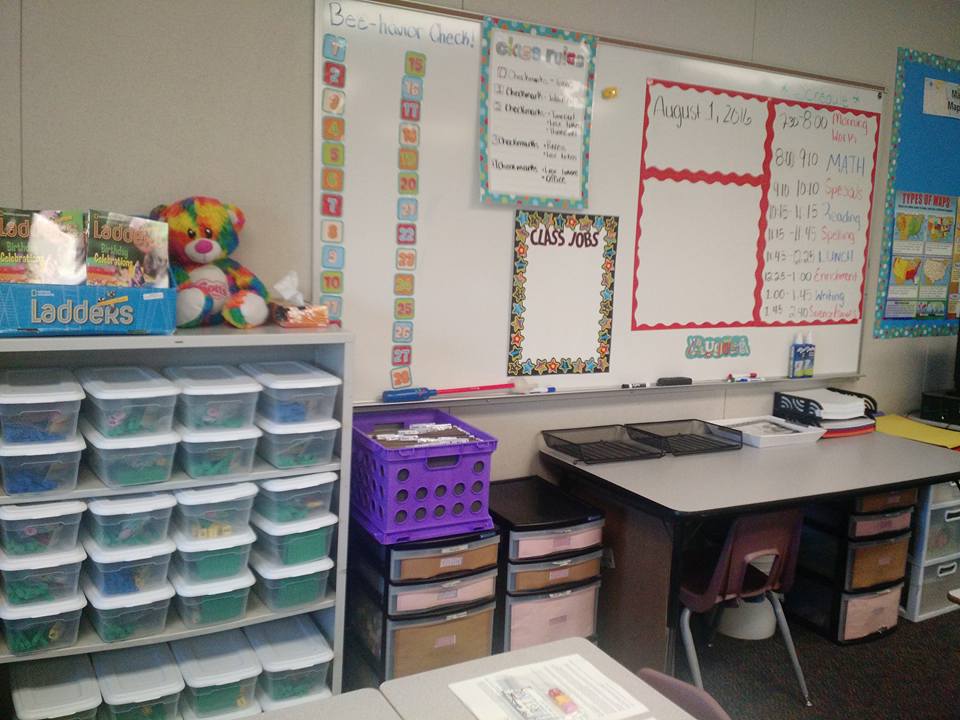My teaching career began in southern Arizona. I worked as a Reading Intervention Specialist for grades K-2 and was responsible for piloting a brand-new technology to support our learners. From set-up to analysis, I ran the program with great success (we, of course, had a few hiccups here and there).
The school I worked at was piloting a program designed to increase reading fluency and comprehension. No other schools in the area were using this tool, and it was fairly new on the market in general. Was it a complete success within the first year? Not necessarily – but many students who hadn’t enjoyed or felt successful in reading prior to using the new technology began improving their fluency and comprehension overall.
Although every single student in the program didn’t suddenly skyrocket to “Exceeds,” students felt more successful and confident in reading. The school took the plunge and tried a new program, with good results that would only get better year over year.
A few years later I began teaching 3rd grade at an elementary school in west Phoenix. Although the age difference wasn’t significant, I would be teaching all core subjects. I was terrified to teach math, which had been the bane of my existence since middle school.
Thus, as you can imagine, when I learned I had to teach fractions in 3rd grade, I panicked. My school handed me a textbook with a lesson plan and script that would help me teach. I read and re-read the pages in that textbook, attempting to memorize how I was “supposed” to teach.
I’ll admit, my first lesson didn’t go so well. . I didn’t want to use the same old textbook that several teachers before me had used and then put in a bookcase to gather dust. I wanted something new – something different.
I needed the right tools to elevate my teaching and ensure positive student outcomes.
Finally, I decided to try something different: I used sentence strips to demonstrate fractions in a visual way. We took a sentence strip and discussed it as “one whole,” and then folded the strip in various ways to represent different fractions.
 This was a fairly simple activity, but my students enjoyed the lesson and I finally started to grasp what I was teaching. After this model, I began trying other activities using manipulatives or creative visuals. In doing so, I became more and more comfortable with the standards and, thus, open to different methods of teaching. I was more capable of answering student questions and understanding math from their perspective.
This was a fairly simple activity, but my students enjoyed the lesson and I finally started to grasp what I was teaching. After this model, I began trying other activities using manipulatives or creative visuals. In doing so, I became more and more comfortable with the standards and, thus, open to different methods of teaching. I was more capable of answering student questions and understanding math from their perspective.
My experimentation helped me better reach my students and increase student outcomes.
Experimenting with different technologies and taking time to read about various teaching methods helped me reach success. I’ll never be Einstein – but that’s OK. Having tried something new, I know now that I can push myself to be successful if I have the right tools.
So, why are so many schools and educators using the same teaching methods or resources over and over, but expecting better results?
It’s certainly a lot easier to discern what does or does not work for me as an adult – but students don’t always have that luxury. They need schools to take the plunge and try new methods or technology.
Think about the data – proficiency in 8th grade math has remained stagnant. According to nation’s report card, less than half of our students were successful in math between 2015 and 2017.
Are there tools teachers could be given to improve student success?
It’s easy to simply follow the same plan as last year or to recite from a textbook. If it worked last year, it will work next year, right? In theory that seems fine – but how do we know if it’s the best approach? What if another method, resource, or technology would lead to even higher achievement?
approach? What if another method, resource, or technology would lead to even higher achievement?
At the end of the day, what matters is that schools and educators are willing to try something to challenge the status quo and create a solution for their struggling learners and improve outcomes for all learners
What innovative ideas can you try this year?
 StrongMind is looking forward to furthering this discussion at South by Southwest EDU in March 2020. StrongMind has proposed a session to share their insights on how educators and EdTech can innovate and collaborate to move the needle in education. Vote for the StrongMind session “Fixing Algebra: Nothing Changes if Nothing Changes” today and learn how to push the boundaries in order to reach every student, wherever they are.
StrongMind is looking forward to furthering this discussion at South by Southwest EDU in March 2020. StrongMind has proposed a session to share their insights on how educators and EdTech can innovate and collaborate to move the needle in education. Vote for the StrongMind session “Fixing Algebra: Nothing Changes if Nothing Changes” today and learn how to push the boundaries in order to reach every student, wherever they are.






